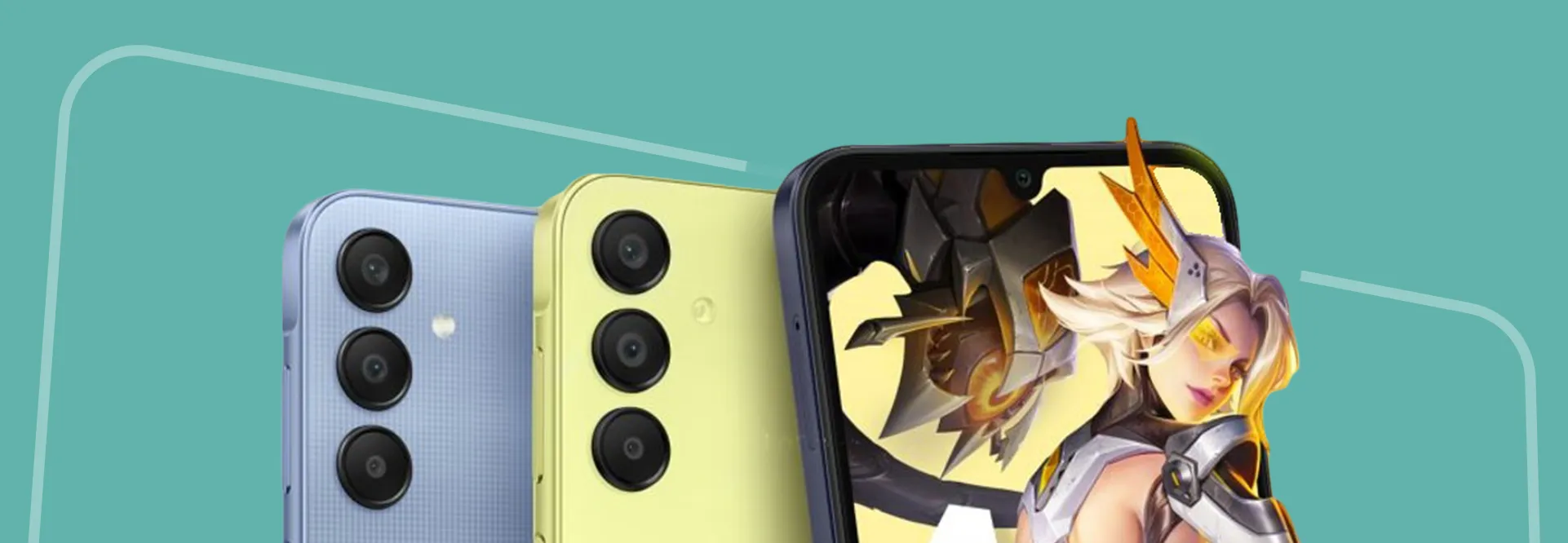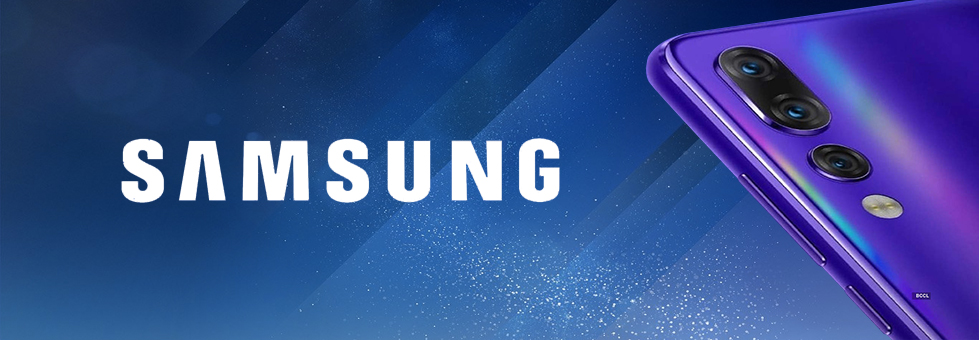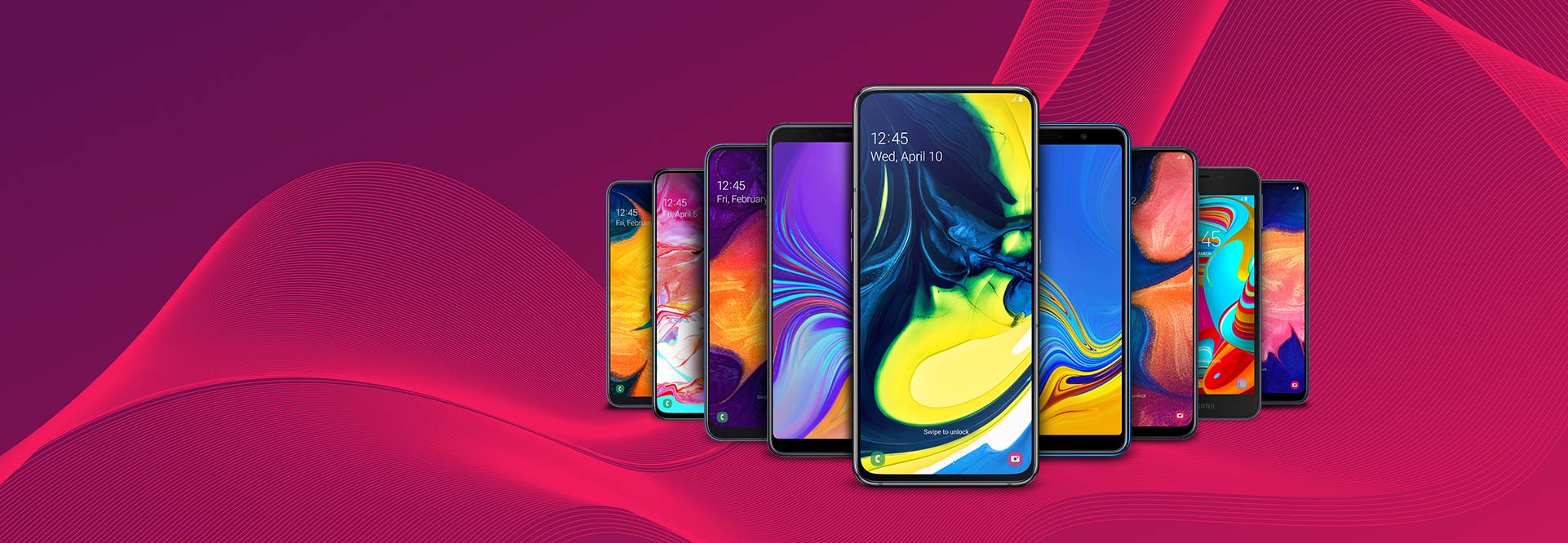Samsung Galaxy A15 vs Galaxy A25
Mondo Admin / 12-03-2024 / Tech
Samsung Galaxy A15 vs Galaxy A25: Dreamy Budget Smartphones That'll Leave You Obsessed
Searching for a new phone but on a tight budget?
You've got to check out the Samsung Galaxy A15 and Samsung Galaxy A25. Affordable, loaded with fantastic features with batteries that can last up to a whopping two days!
Let’s get to know these smartphones better, so you can find your perfect match.
Avoid disappointment with these dreamy displays
After a long day, everyone would enjoy jumping into bed, whipping out their phone and catching up on the latest series, sports updates or celeb tea. But let’s be honest, not all visual experiences are equal. You might be squinting at your screen right now, hoping for an upgrade because your current smartphone makes everything look like pixelated Roblox characters.
If the only reason you’re settling for a disappointing display is due to your budget, we have exciting news for you. Both the Samsung Galaxy A15 and Samsung Galaxy A25 boast top-tier displays that are usually reserved for premium devices. Keep in mind though that the Galaxy A25 carries a slightly higher price tag since it’s 5G enabled.
Both devices have big 6.5-inch AMOLED screens with Full HD+ resolution. Bright colours pop and deep, rich dark tones make every detail stand out. But the visual feast doesn't stop there. Enjoy features like Vision Booster for a crystal-clear screen even under the blazing sun and Eye Comfort Shield, easing your eyes with reduced blue light for comfy binge-watching or gaming sessions.
Considering the slightly higher price of the Galaxy A25, it stands out from the Galaxy A15 in a few key ways. Firstly, it delivers a smoother refresh rate at 120Hz compared to the Galaxy A15's 90Hz. Plus, it takes a slight lead in brightness, hitting 1000 nits, giving it an edge over the 800 nits on the Galaxy A15.
These cameras need to be snapped up
Does your smartphone camera turn a scenic sunset into pure chaos or a full moon into a speck of dust? You deserve for your memories to be cherished, not blurry. That's where the Samsung Galaxy A15 and Samsung Galaxy A25 can come to your rescue.
Samsung has packed them to the brim with cutting-edge technology because your photos are special and worth sharing with the world. The Samsung Galaxy A25 features a 50MP main camera with optical image stabilisation (OIS) and video digital image stabilisation (VDIS), an 8MP ultrawide camera, and a 2MP depth camera. On the front, you get a 13MP selfie snapper.
The Galaxy A15 shares many similar features, like the 50MP main camera (without OIS and
VDIS), 2MP depth camera and 13MP selfie snapper. The ultrawide camera has a slightly lower resolution at 5MP. Both devices reach a 10x digital zoom, meaning you can get closer to the action without too much effort.
Both the Galaxy A15 and Galaxy A25 are equipped with cameras that bring out the best in every moment, from close-ups to portraits and landscapes. They will leave your current phone in the dust. But what about video capabilities? You’ll be happy to know that the Galaxy A15 records videos in Full HD clarity and the Galaxy A25 takes it up a notch to Ultra HD (4K). Plus, they both feature Slow Motion to give your videos that cinematic touch.
The life of the party
Is your current phone a party pooper? Does it fizzle out just as you're capturing that perfect photo, kicks the bucket right at the plot twist of your favourite series and taps out when you're conquering Candy Crush?
If your battery drains easily and recharges at a snail’s pace, you desperately need an upgrade. A device with a 2-day battery life, 25W fast-charging speeds and a big 5000mAh battery sounds like a winner. A triple threat like this is usually reserved for phones priced at R10k and above. But, surprise! Both the Galaxy A15 and Galaxy A25 bring these premium battery specs and charging speeds to the table, ensuring you won't be rudely cut off just when things get interesting.
Pennywise powerhouses
If you think power and affordability are like oil and water, think again! The Samsung Galaxy A15 and Samsung Galaxy A25 are perfect examples of phones that pack a punch while pinching pennies. Under the hood of the Galaxy A25 is the Samsung Exynos 1280 chipset—it supports 5G connectivity, smooth multitasking, smarter on-device AI and delivers a graphics performance so impressive, mobile gaming might just become your new obsession.
Now, let's talk about the Galaxy A15 – a total powerhouse thanks to its Mediatek Helio G99 processor. Yes, it's slightly below the Galaxy A25, but don't sleep on it. This processor is the secret behind those awesome cameras, zippy displays and jaw-dropping high resolution. Sure, it's playing second fiddle in this duo, but throw it into the ring with other phones in its price range and the Galaxy A15 shines.
Both phones offer internal storage options of 128GB or 256GB with expandable storage of 1TB via a microSD card slot. RAM on the Galaxy A25 is available in two options – 6GB or 8GB, while the Galaxy A15 adds a third 4GB option.
Verdict: There’s a clear winner, but…
Samsung has truly outdone itself with budget devices that feel bougie. Both the Samsung Galaxy A15 and Samsung Galaxy A25 will keep you hooked with dashing displays, crystal-clear cameras, sizzling hot charging speeds and powerful processors. But if you’re looking for the best, it has to be the Galaxy A25.
It stands out with a smoother refresh rate, a brighter screen, a better main camera, higher resolution video recording and of course that faster processor.
But, as always, the choice is yours. You won’t be disappointed either way. Decisions, decisions!







